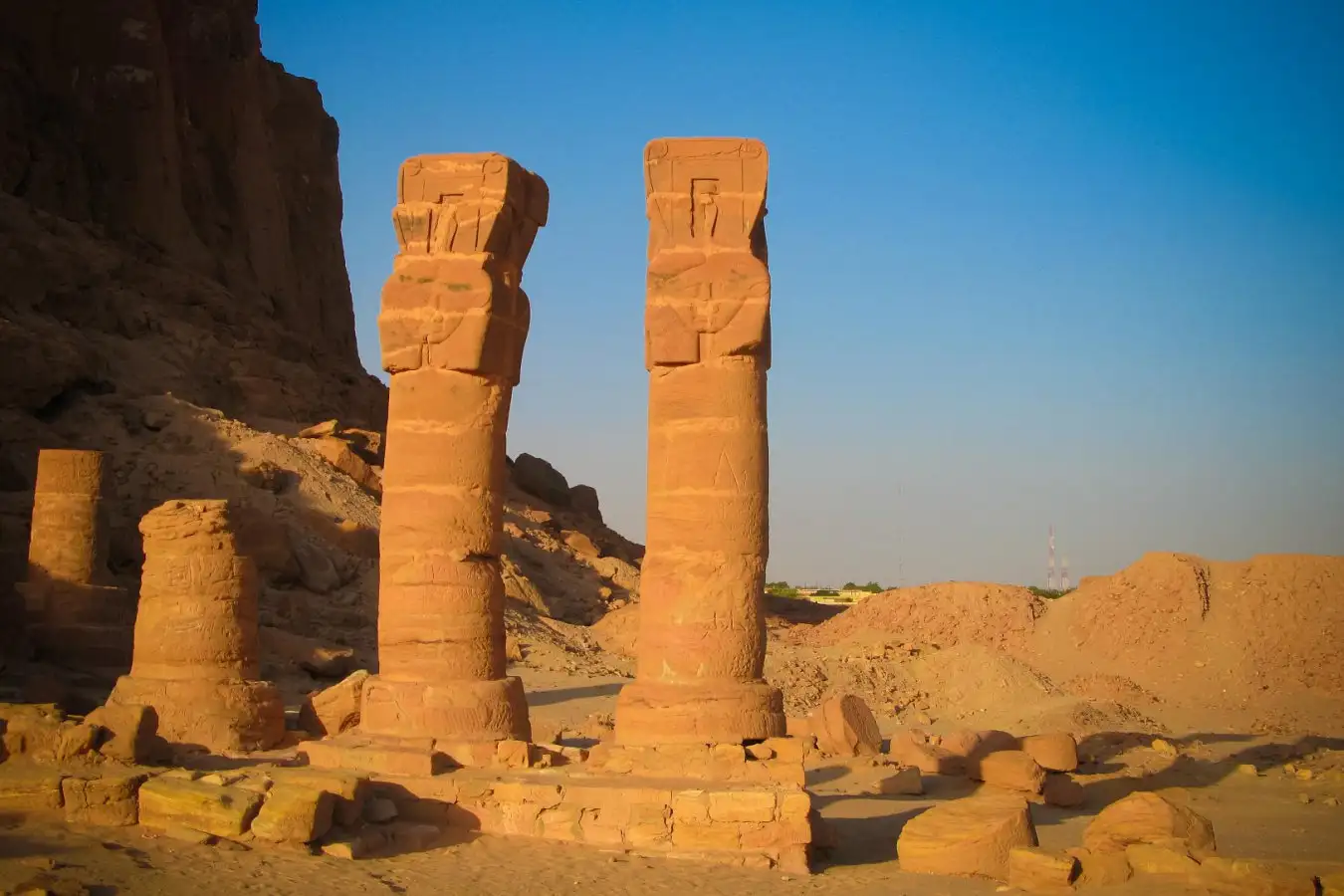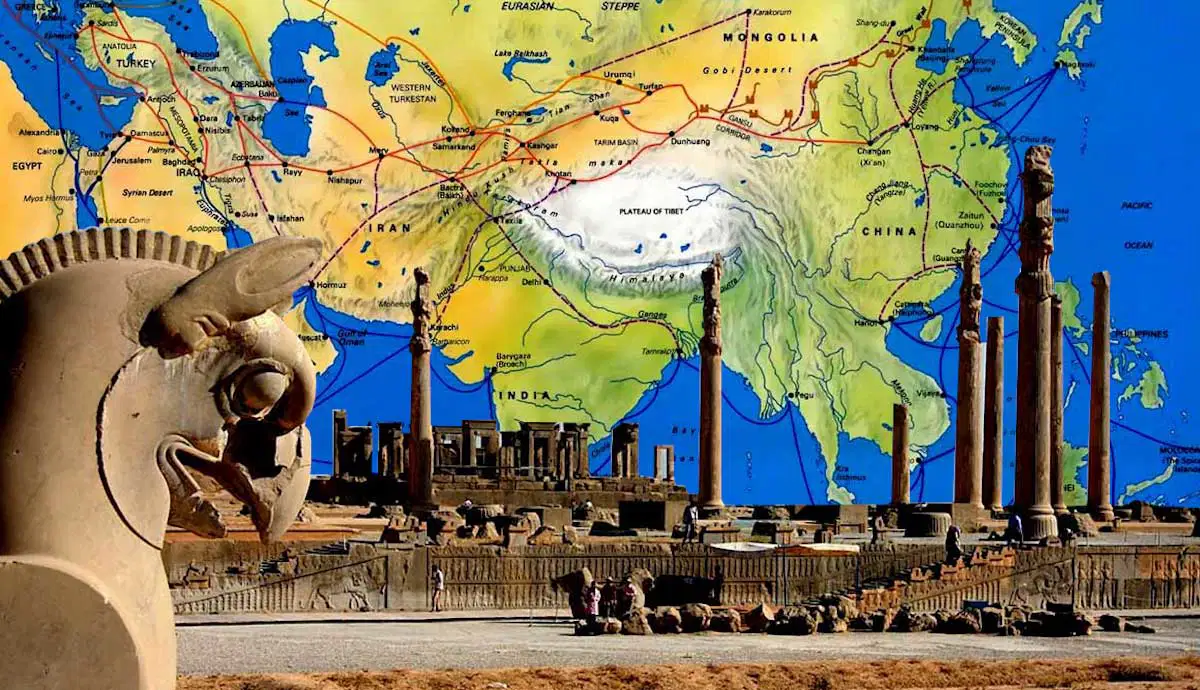The Seshat Global History Databank is revolutionizing how historians study the evolution of human societies. Rather than relying solely on narrative interpretations, Seshat compiles quantitative data from thousands of past societies—tracking variables such as social complexity, governance structures, warfare frequency, and ecological stress.This enables researchers to test hypotheses about why civilizations rise or collapse, using empirical methods previously reserved for natural sciences.
By integrating multidisciplinary scholarship—archaeology, anthropology, political science, and climate studies—Seshat gives scholars tools to uncover long-term patterns in human history. The databank is coded by expert researchers to ensure historical rigor and consistency, reducing bias while still acknowledging nuance and uncertainty. This approach doesn’t replace traditional history; instead, it complements it, anchoring storytelling in data-driven validation.
As Seshat continues to expand, its implications rip across scholarship and policy. It challenges scholars to refine theories of social change, incentivizes open data in historical research, and may even reshape how we learn history—favoring models supported by evidence over grand narratives. In a world seeking sustainable development and resilience, understanding the past through a scientific lens may help us better navigate the future.




